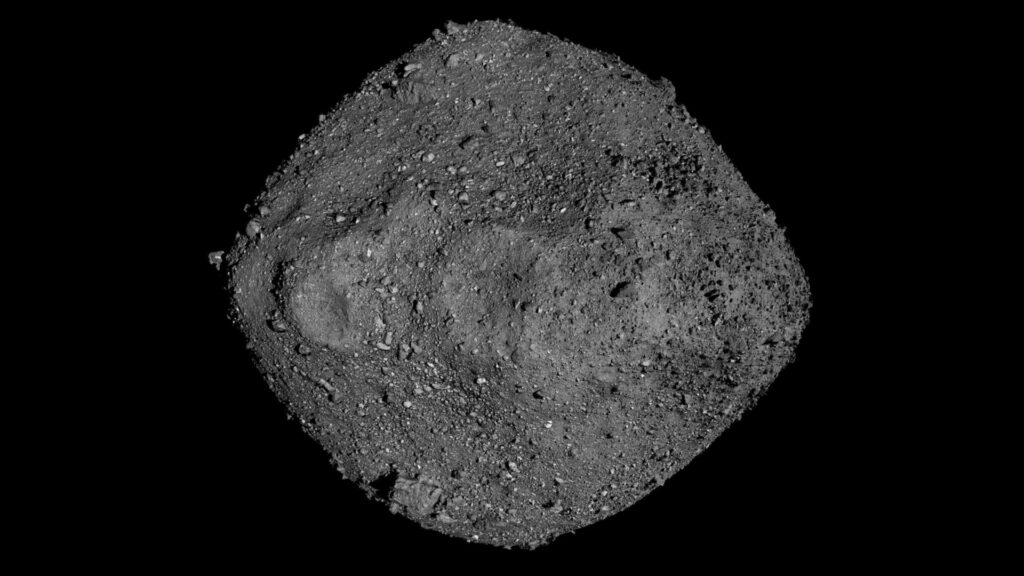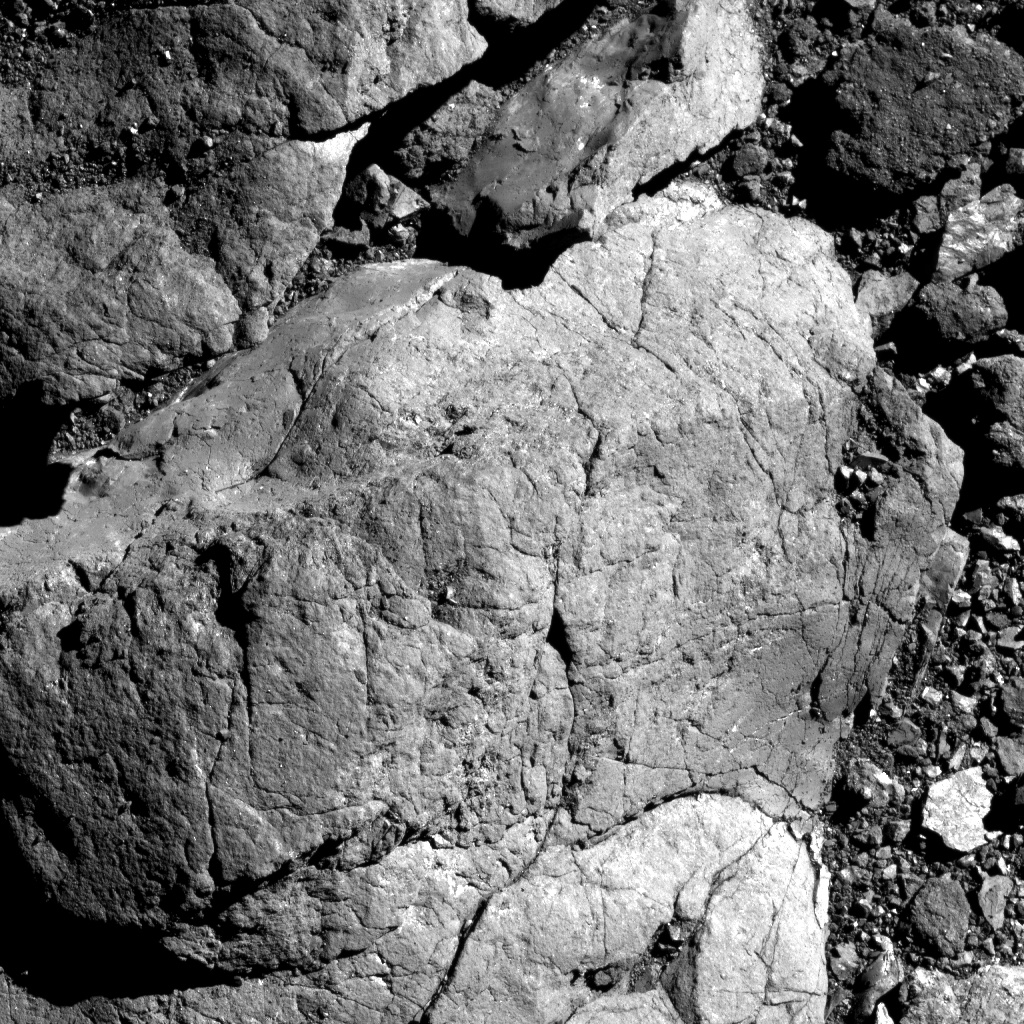Scientists from the OSIRIS-REx mission have identified the mechanism of accelerated destruction of rocks on asteroids. Analyzing high-resolution images of boulders on the surface of the asteroid Bennu, they came to the conclusion that solar heat destroys them in just 10 – 100 thousand years.
Although landslides, volcanic eruptions and earthquakes can suddenly change the surface of the Earth, it usually happens gradually. Water, wind and temperature changes slowly destroy rock layers, creating new surfaces. For example, in the famous Grand Canyon, the age of the upper layers of rocks is about 270 million years, while the layers at the bottom are the oldest, they are about 1.8 billion years old. According to geologist estimates, it took about 5-6 million years for the Colorado River to “cut out” the canyon.

Previously, scientists believed that the regeneration of the asteroid surface also takes at least several million years. But the data collected by the OSIRIS-REx mission showed that everything is happening much faster. Studying the images taken by the device, scientists noticed cracks in the rocks located in one direction. They are a sign of the destruction of the surface under the influence of sudden temperature changes.
Temperature fluctuations of Bennu
One day on Bennu lasts 4.3 hours. During the day, the Sun heats its equator to 127 °C, at night it cools down to – 23 °C. According to scientists, these constant temperature fluctuations create internal stress that splits and destroys rocks, just as cold glass breaks under hot water.
To confirm their hypothesis, the researchers manually measured the length and angles of more than 1,500 cracks of the Bennu surface. Some are shorter than a tennis racket, others are longer than a tennis court. The researchers found that the cracks are mostly aligned in the direction from northwest to southeast, indicating that they were caused by the Sun, and not by any other factor. A computer model has shown that it takes only 10 to 100 thousand years for the crack to grow and split the rock into Bennu.


By human standards, tens of thousands of years is a huge figure. But for small bodies of the Solar System, this is literally one moment. According to scientists, the discovery will help them determine how long it will take boulders on asteroids to disintegrate into small particles, which can then either remain on the surface or be ejected into outer space.
Recall that recently scientists have discovered another amazing property of the surface of the asteroid Bennu.
According to https://www.nasa.gov
Follow us on Twitter to get the most interesting space news in time
https://twitter.com/ust_magazine
